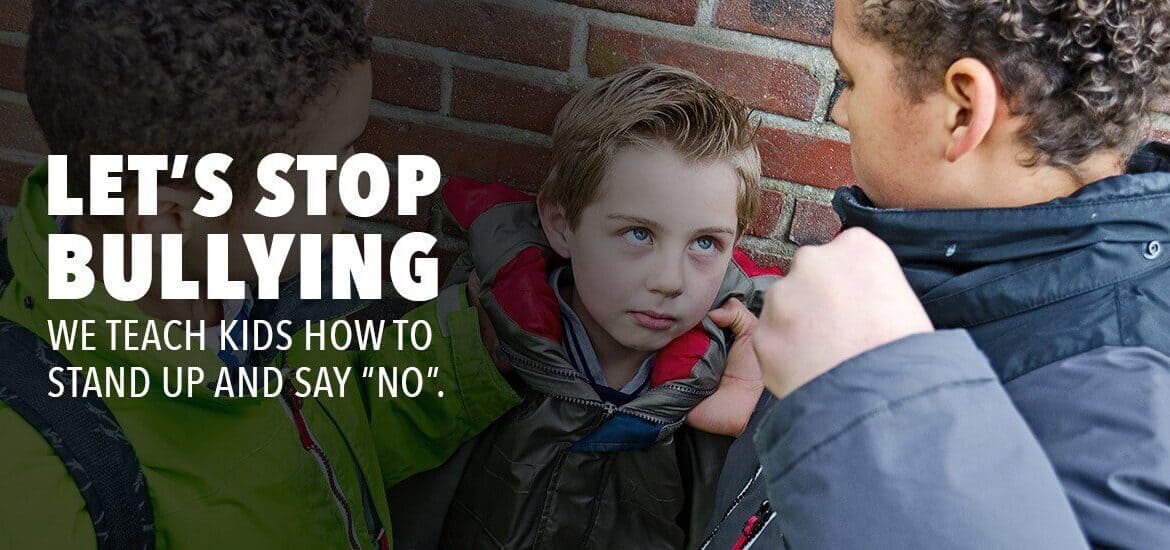Summertime is coming to an end, and with that comes all of the back-to-school anxiety and jitters that are common among children. Your child may experience common physical effects of anxiety associated with back-to-school time including symptoms from stomachaches to sleeping problems. They will also experience emotional stress from the fear of making new friends, meeting new teachers, fears of being bullied, the pressure of making good grades, and worries of being unpopular. With that said, it is important for parents to first remember that these physical and emotional feelings are very common, and even the most well-adjusted kids are bound to feel some sort of pressure when they return to school.
The question becomes: what can parents do to help their children cope with the physical and emotional stresses associated with the back-to-school season? In this article, we will provide you with some tips that we’ve shared with parents in the past that have seemed to be very helpful.
Back-to-School Tip #1: Put your child on a healthy sleeping pattern right away!
Children need at least 8 to 10 hours of quality sleep each night. Children that do not get adequate sleep the night before tend to be groggy, and grumpy, and thus have a harder time concentrating in class, not to mention tend to become more sensitive to social disputes. Sleep also contributes to a healthier immune system. You can help your child enter each school day with a more energetic and positive approach simply by making sure they get the right amount of sleep each night.
Here’s how to set a healthy sleeping pattern with your children:
- Establish a set bedtime and waketime for the weekdays. Make sure that you specify that this time is non-negotiable.
- Set up some rules for 1 hour prior to bedtime. There are many things that can affect how well your children sleep at night. If you set up some ground rules, then you’ll see better sleeping habits:
- Make sure they eat dinner no later than 1 hour prior to bedtime. If they eat just before bedtime, then chances are they will not fall asleep right away. Your child can have a warm glass of milk or some fruit just before bed if they are hungry.
- Cut out all physical activities no later than 1 hour prior to bedtime. Children need adequate downtime to get their heart rate down.
- Cut out any intense “stimulating” activities no later than 1 hour prior to bedtime. This includes video games and computers. Both can be very addictive and keep your child’s mind over-stimulated even after they’ve stopped. There has also been much research into the negative effects of blue light from screens on sleep patterns.
- Establish a 20 – 30-minute nightly “calm-down” bedtime routine. The routine should include taking a bath, putting on their pajamas, reading, and other relaxing activities. TV viewing at bedtime is not recommended because it may affect your child’s ability to fall asleep.
Tip #2: Put your child on a brain-strengthening diet
Not all diets are for weight loss. Even children that have great athletic physiques are susceptible to the after-effects of poor eating habits, including fatigue, anxiety, poor concentration, and mood swings. You can help your child feel better each school day simply by adjusting their diet and getting rid of foods and snacks that are counter-productive.
Here are some healthy eating tips:
- Purge the bad foods in your house. Open your refrigerator and get rid of the foods you know are unhealthy for your children including sodas, snacks that are high in sugar, and foods that are high in fat.
- Create a healthy menu. Sit down with your child and create a breakfast, lunch, and afternoon snack menu together. Create at least three different healthy meals for breakfast, lunch, and snack time, and allow them to choose what they want to eat each day. If your children help with the process, they will be more intrinsically motivated to stick with the diet. You can make it fun by having them design a fun menu with their meal options and also have them go to the grocery store and help pick out all of the ingredients. If you are struggling with how to create a proper diet, do some research or speak with a licensed dietician that can help make a list of heart and brain-healthy foods.
- Lead by example. If your children see you eating unhealthy foods then you are contradicting what you say. Children are smart, and they will fight you on this subject if you don’t lead by example yourself. On the bright side, this is a great way for you to maintain a healthy lifestyle too!
Tip #3: Make sure your child feels comfortable communicating with you
Communication is crucial when it comes to all of the challenges your child will face each day at school. It is important for your child to feel comfortable speaking with you about bullies, fears, and anxieties. You can turn any challenge around if you set it upright.
Here are some important tips for helping your child feel comfortable about communication:
- Never ignore your child’s anxieties or stresses. This is a crucial mistake that many parents make, and most of the time it is by accident. Sometimes parents get tangled up with all of their own responsibilities that they brush aside situations brought up by their child that don’t seem important. What you need to remember is EVERYTHING your child says to you is important to them.
- Ask them about their day to keep an open dialog. Sometimes children hold back from sharing their fears and anxieties simply because they don’t want to bother you. By asking them how their day was and if there was anything they wanted to talk about, you are showing them you care.
- Try to put their anxieties and stresses into a perspective that they understand. For example, everyone is bullied at one point in their life. If your child’s stress is about bullying, share your bullying experience and let them know that you understand how they feel and then provide a simple solution that they can handle.
Tip #4: Continually seek opportunities that increase your child’s self-confidence
The very best thing you can equip your child with is self-confidence. There is absolutely no substitute for self-confidence. Let me repeat that because this line is very important: There is absolutely NO substitute for self-confidence! Confident children face every day with a positive outlook and tend to have better grades, more friends, and less stress.
Here are some tips for increasing your child’s self-confidence:
- Help them find their inner talents. Everyone has an inner passion or ability that they can sink their teeth into. This includes sports, music, reading, writing, arts, etc. Ask them what their favorite hobby is or interest, and then find a way to help them pursue their passion. Don’t ignore their requests to play the piano, or pick up a new sport. Just remember that if they do find a passion make sure you help them follow through. Some children tend to get lazy simply because they lack motivation. It is up to you to keep them motivated.
- Find positive role models. Coaches, tutors, and babysitters can have a positive influence on your child’s life. In fact, many children will listen or open up to their role models more so than they do to you because they feel a special bond between them. This is not a bad thing! Think about the special people that you confide in. I bet you have special people besides your parents that have helped shape your life. Don’t be afraid to cut the cord and let your children seek inspiration from other people that you know are great role models for them.
- Remind them every day of how special they are. Confidence begins at home. Praise their efforts and accomplishments whether they are big or small. You don’t have to go overboard but you don’t want to let the little opportunities that build your child’s confidence slip by you.
Final Thoughts…
Reflect back to when you were a child and think of how you would have parented yourself. What would you do differently than your parents? What would you do the same? Life is a mystery and an adventure. Both good and bad experiences are part of life and can help you understand your children a little better. Keep this article somewhere special and read it when you feel like you need a little parenting boost. Hopefully one day you’ll share these tips with your child as they enter adulthood and become parents too.
And one last tip: Enrolling your child in a martial arts program, particularly one that targets their age-specific physical, intellectual, emotional, and social stages of development can have a profound effect on your child’s ability to thrive in the midst of change.
For more information about our kids Martial Arts classes for kids, click the button below:
0 Likes387 Views




